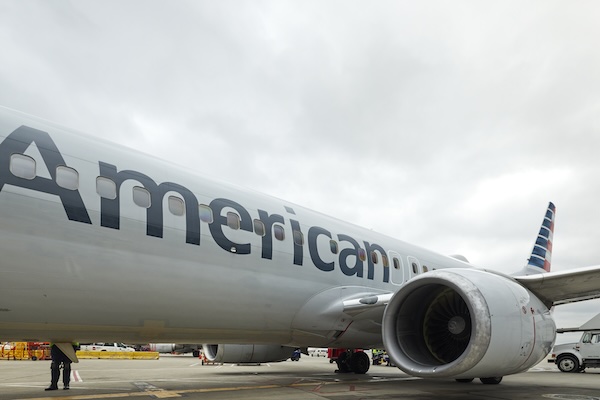American Airlines is set to overhaul its New Distribution Capability (NDC) strategy following unexpected challenges in its execution.
The decision comes after the initial implementation did not meet revenue expectations, particularly from travel agencies and business travellers.
Rethinking the NDC Approach
American Airlines is undertaking a significant overhaul of its New Distribution Capability (NDC) strategy. The initiative was launched to move bookings away from traditional sales channels, yet it has faced notable challenges.
According to chief executive Robert Isom, the new strategy didn’t perform as expected, particularly in driving revenue from travel agencies and business travellers. This has prompted a need for reassessment.
Impact of the Withdrawal of Fares from GDSs
Last April, American Airlines withdrew over 40% of its fares from Global Distribution Systems (GDSs), which impacted its accessibility. Full content is now only available via NDC channels, a move that has complicated the booking process for numerous customers.
This decision was partly responsible for lower sales figures, with Robert Isom also pointing to weaker pricing due to an abundance of flying capacity within the industry. As a result, there was a reported decline in last-minute US domestic sales.
Leadership Changes and Strategy Adjustment
In light of the performance issues, chief commercial officer Vasu Raja, a key advocate for the NDC strategy, will be departing from American Airlines.
Robert Isom has referred to this leadership change as a “reset” in the airline’s approach. “We moved faster than we should,” Isom admitted, highlighting execution challenges faced by the company.
The decision to modify the distribution strategy underscores the importance of aligning with customer preferences and ensuring product availability across diverse purchasing platforms.
Loyalty Scheme and Customer Impact
American Airlines is reversing its initial plan to cease awarding Advantage loyalty scheme points for bookings made through non-preferred NDC distributors, a move that would have disrupted customers.
“We’re not doing that because it would create confusion and disruption for our end customer,” Isom clarified. This aligns with the broader strategic adjustments being made to stabilise the company’s market position.
Financial Projections and Market Response
American Airlines has adjusted its financial projections, acknowledging a shortfall in expected earnings for the second quarter. It now anticipates operating earnings to be lower by several hundred million dollars.
The company has revised its earnings guidance, projecting a per-share earnings range of $1 to $1.15, down from an earlier forecast of $1.15 to $1.45. This adjustment reflects the financial strain experienced due to NDC strategy implementation.
Future Directions and Strategic Modifications
Moving forward, American Airlines plans to integrate more customer-centric elements into its strategy. The focus will shift towards providing a more balanced offer that caters to both customer needs and business objectives.
The company acknowledges the use of “a lot of sticks” in its initial approach and emphasizes the necessity of incorporating “more carrots” to foster better customer engagement and satisfaction.
By re-evaluating its distribution methods, American Airlines aims to enhance its service offering and regain customer trust. This strategic pivot is seen as vital for future growth and competitive positioning.
Outlook and Industry Implications
The airline industry’s evolving landscape presents challenges and opportunities for players like American Airlines. Adapting to new technological frameworks, such as NDC, is essential for competitive advantage.
American Airlines’ recalibrated strategy is a reflection of its commitment to better meet the demands of the modern travel ecosystem, ensuring flexibility and a customer-focused approach in its operations.
American Airlines’ strategic recalibration aims to address the challenges encountered with its previous NDC approach.
By focusing on customer needs and enhancing distribution channels, the airline is poised for improved market performance.

